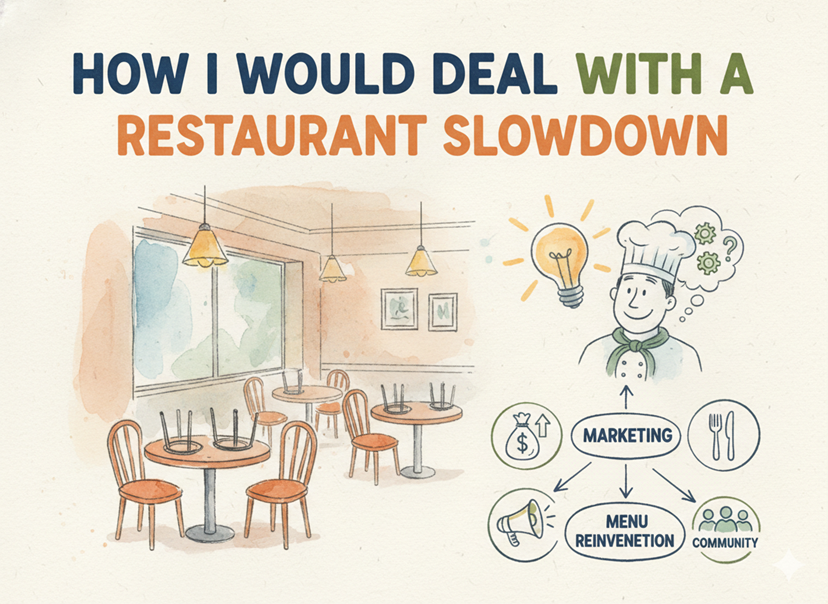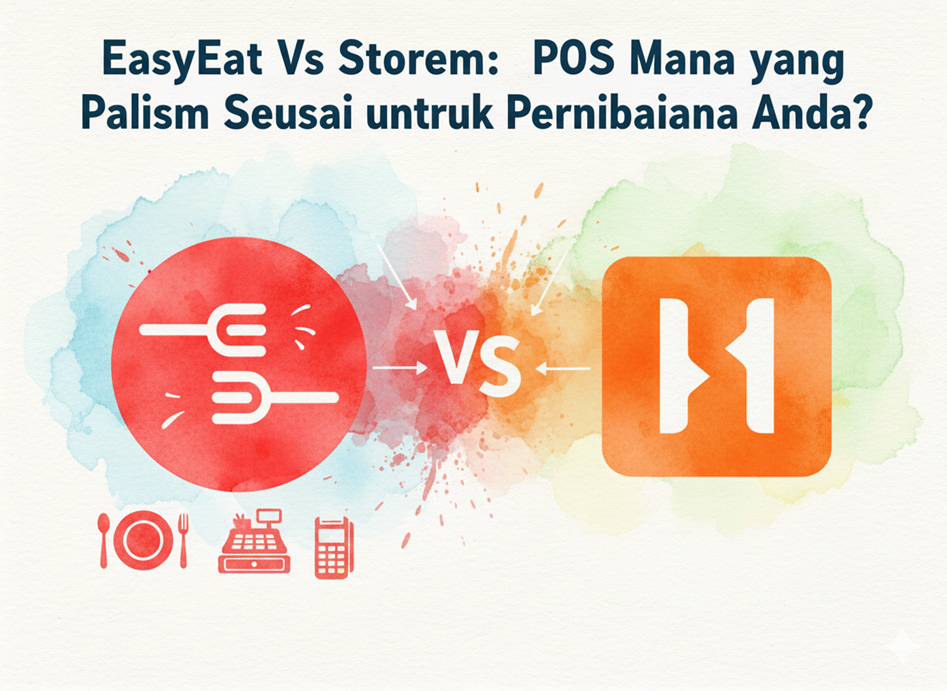A financial plan for a restaurant is more than just numbers on paper. It is your business’s roadmap to success. This plan helps you define clear financial goals, understand your expenses, and forecast future earnings. It ensures you can navigate challenges and make informed decisions. In Malaysia, where the food and beverage industry is booming, having a financial plan is essential to thrive. According to the Department of Statistics Malaysia, the F&B sector generated a gross output value of RM99 billion in 2022, showcasing both the opportunities and the competition.
Setting Long-Term Financial Goals
Long-term financial goals are the backbone of your restaurant’s financial stability. These goals give you direction and purpose. For instance, you might aim to open a second outlet within five years or increase annual revenue by 15%. Setting these goals requires understanding your current position and where you want to be in the future. In Malaysia, urban areas like Kuala Lumpur or Penang might offer better expansion opportunities, but they also come with higher costs. By clearly defining your goals, you can create a plan that keeps you focused and motivated.
Why SMART Financial Goals Matter
Not all goals are created equal. To ensure success, you should use the SMART criteria—Specific, Measurable, Achievable, Relevant, and Time-bound. For example, instead of saying, “I want to make more money,” you could aim to increase your profit margin by 3% within the next year. This approach gives you a clear target to work toward. In Malaysia, where the average restaurant profit margin ranges from 5% to 8% (source: Food Market Hub), having SMART goals can help you stay competitive and realistic.
Creating a Simple Financial Plan for Your Restaurant
A financial plan does not have to be complicated. In fact, simplicity can make it more effective. Here’s how to approach it in manageable steps.
1. Budgeting
Start by creating a budget that outlines your monthly income and expenses. This includes rent, utilities, salaries, food supplies, and marketing. For instance, if you own a restaurant in Kuala Lumpur, your rent could average RM32.50 per square foot. This means if your space is 1,000 square feet, you are looking at RM32,500 monthly rent. Adding other expenses like salaries and food supplies, your monthly costs can easily exceed RM50,000. A budget ensures you know where your money is going and helps you allocate resources efficiently.
2. Cash Flow Management
Cash flow is the lifeblood of your restaurant. It tracks the money coming in and going out. A positive cash flow means you can cover your expenses and handle emergencies. For example, if your restaurant earns RM80,000 monthly but spends RM75,000, you have a buffer of RM5,000. However, unexpected repairs or seasonal slowdowns can strain this balance. Regularly monitoring your cash flow helps you avoid financial stress and ensures smooth operations.
3. Profit and Loss Analysis
Regularly reviewing your profit and loss statement gives you insights into your restaurant’s financial health. This statement shows your revenues, costs, and profits over a specific period. In Malaysia, an average profit margin of 6% means that if your monthly revenue is RM100,000, your profit is RM6,000. By analyzing these figures, you can identify areas to cut costs or increase revenue, such as renegotiating supplier contracts or introducing high-margin menu items.
4. Break-Even Analysis
A break-even analysis helps you understand the minimum sales required to cover your expenses. For instance, if your monthly costs are RM60,000 and your average customer spends RM50, you need 1,200 customers per month to break even. This analysis is crucial when setting sales targets and pricing strategies. Knowing your break-even point ensures you stay focused on achieving profitability.
An Example of a Financial Plan for a Restaurant
Let’s consider a small café in Penang. The owner’s financial goal is to achieve a 7% net profit margin within the first year. Here’s how they approach it:
- Budgeting: The monthly expenses include RM8,000 for rent, RM15,000 for salaries, RM5,000 for utilities, and RM10,000 for supplies, totaling RM38,000. The owner estimates a monthly income of RM50,000 based on 1,000 customers spending an average of RM50 each.
- Cash Flow: With a projected profit of RM12,000, the owner sets aside RM5,000 monthly for unexpected expenses and reinvests RM7,000 into the business.
- Profit and Loss Analysis: After the first quarter, the café’s actual revenue is RM45,000 per month, and expenses remain at RM38,000. The owner identifies underperforming menu items and replaces them with higher-demand options to boost sales.
- Break-Even Point: The break-even analysis shows that the café needs 800 customers monthly to cover costs. This information helps the owner focus on marketing strategies to attract more patrons.
Why Financial Planning Is Crucial in Malaysia
The Malaysian F&B industry is diverse and competitive. From local nasi lemak stalls to high-end restaurants, every business faces unique challenges. Rising costs, fluctuating customer demand, and economic uncertainties can impact your profitability. A well-crafted financial plan helps you navigate these challenges. For example, during the pandemic, many Malaysian restaurants had to pivot to delivery and takeout services. Those with clear financial goals and cash reserves managed to adapt and survive.
Tips for Effective Financial Planning
- Use Technology: Digital tools like accounting software and inventory management systems simplify financial tracking. Apps like StoreHub or Food Market Hub are popular in Malaysia.
- Stay Informed: Keep an eye on industry trends and economic indicators. For instance, a rise in ingredient prices might signal the need to adjust your menu pricing.
- Seek Expert Advice: Consult financial advisors or accountants familiar with the Malaysian F&B market. They can provide insights tailored to your business.
A financial plan is not a one-time task; it’s an ongoing process. Regularly review and update your plan to reflect changes in your business and the market. Whether you’re running a small café or a large restaurant, having a clear financial strategy ensures you can achieve your goals and build a sustainable business in Malaysia’s vibrant F&B industry.




